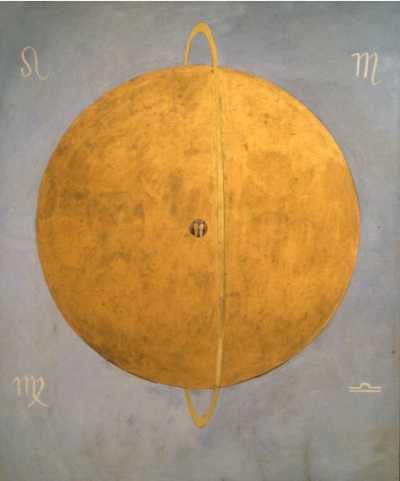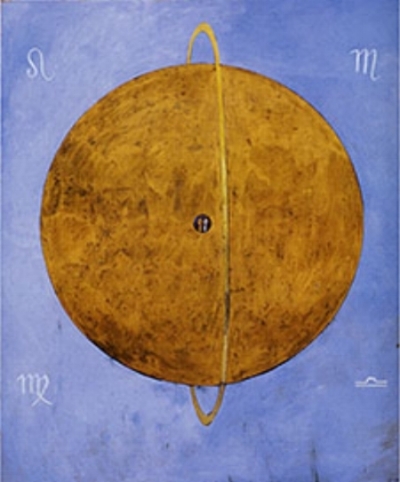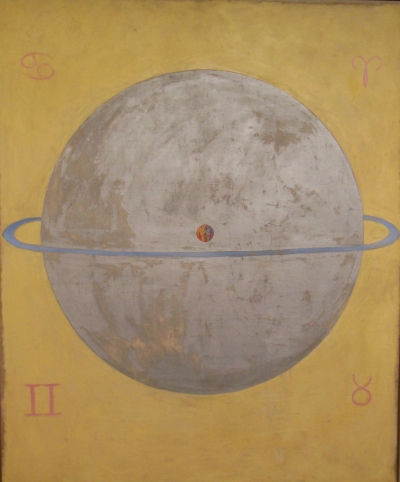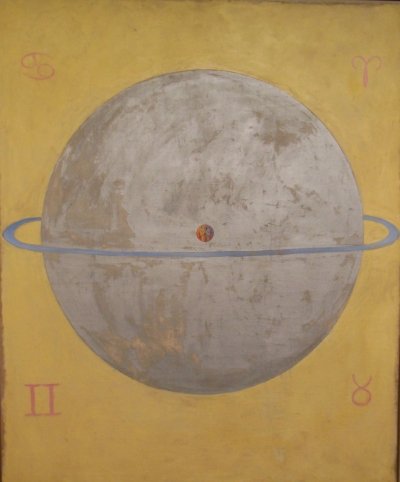Astrological thinking
Astrological thinking starts with the basic premise that the bodies of our solar system, their movements, positions and mutual aspects present an order that is in correspondence with life on earth. The Greeks called these bodies ‘wanderers’ (<planetos>) therefore the sun and the earth’s moon are also planets in astrological parlance. The planets represent the basic principles, their interaction with each other form at any moment a unified whole. They form an order, a kosmos, a well ordered system.
Astronomers measure the quantity of time, expressed in years, days and hours , defined by the movements of sun and earth. Whereas astrologers give us the quality of time, the kairos. This moment is measured by the position of all the planets, and how they aspect each other. Time gets transported into an image.
The constellation at the time of our birth, as cast in the horoscope, is witness to our fate, it holds our ‘lot’. It is our signature. It is what we have to own up to. It is woven of the same forces that we all carry but for everyone it is different in form and calibration. Like in a piece of music a theme consists of different motives and their variations.
The basic structure in astrology is made up of seven planets bound in relation to each other. But all that we truly can grasp is their shape, color and movement, as they silently move around the orbit. Over millennia civilizations have tried to make sense of this nightly spectacle, the seven visible ‘planets’ rising in the east and setting westward while moving at the same time incrementally in the opposite direction circling the sun. It was in Egypt, Babylonia, Greece, and Arabia, where these movements of the planets were minutely observed, that the foundation of western astrology was laid.




